| 0 |
| Votes |
|
| 0 |
| Answers |
|
| 945 |
| Views |
|
Hello, dear friends! Today we have great news! We completely updated our training courseThe vid...
|

12/21/2018
To last
|
|
| 0 |
| Votes |
|
| 0 |
| Answers |
|
| 893 |
| Views |
|
 Hello dear friends As we announced at the last week, we provide the first crypto connecto...
|

12/18/2018
To last
|
|
| 0 |
| Votes |
|
| 0 |
| Answers |
|
| 912 |
| Views |
|
|

12/11/2018
To last
|
|
| 2 |
| Votes |
|
| 9 |
| Answers |
|
| 2830 |
| Views |
|
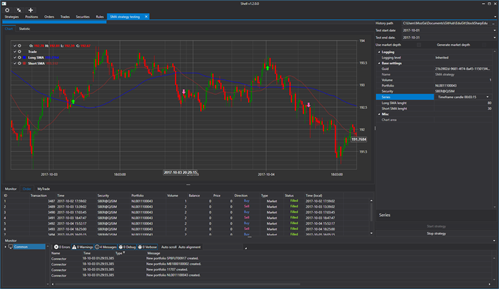 In this paper, I will show how to use graphic components included in S#.API, in order to create a fully-featured application of the [url=https://stocksharp.com/produ...
|

11/25/2018
To last
|
|
| 0 |
| Votes |
|
| 0 |
| Answers |
|
| 1155 |
| Views |
|
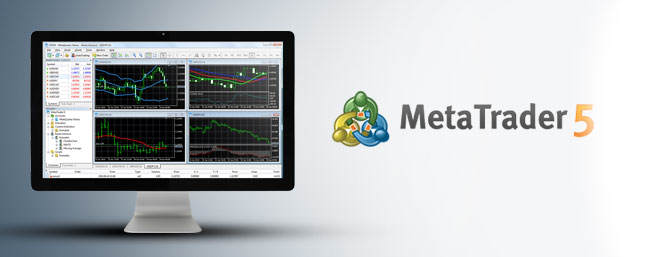 Hello dear friends! Today, we are completing the delivery of products within 3rd crowdfunding round and present connecto...
|

11/9/2018
To last
|
|
| 0 |
| Votes |
|
| 0 |
| Answers |
|
| 913 |
| Views |
|
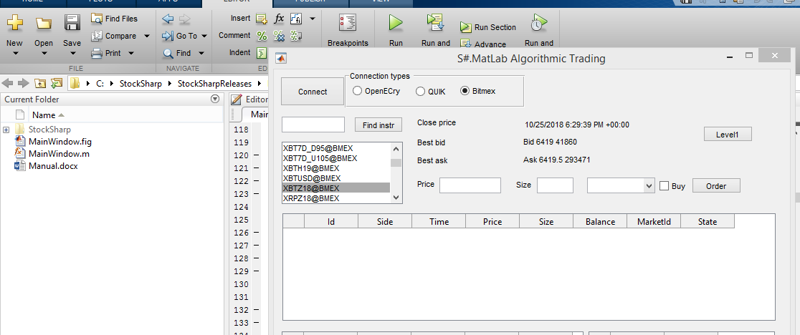 Hello, everybody! Today we announce another not very big, but important update in one of our products: S#.Matlab!...
|

11/7/2018
To last
|
|
| 0 |
| Votes |
|
| 0 |
| Answers |
|
| 704 |
| Views |
|
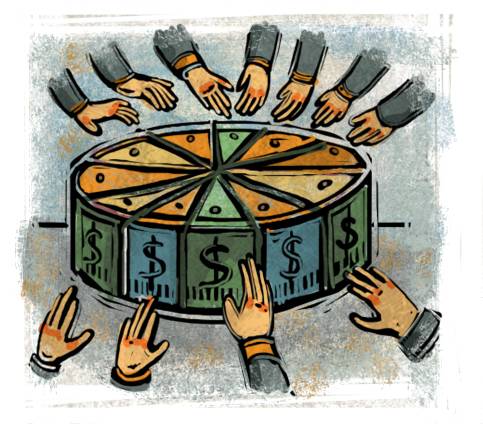 Hello everyone, last week we have announced the news [url=https://stocksharp.com/news/9967/Third-Crowd-and-Third-Quarter-are-completed-What-is-common/]about starting the Dividends ...
|

10/18/2018
To last
|
|
| 0 |
| Votes |
|
| 4 |
| Answers |
|
| 1558 |
| Views |
|
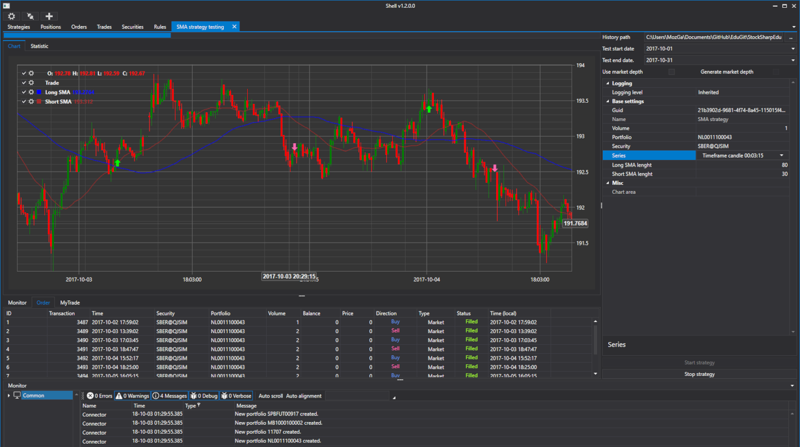 Friends, today we are announcing the new version of our framework S#.Shell. We have updated and improved it, brought into compl...
|

10/16/2018
To last
|
|
| 0 |
| Votes |
|
| 0 |
| Answers |
|
| 936 |
| Views |
|
|

10/15/2018
To last
|
|
| 0 |
| Votes |
|
| 0 |
| Answers |
|
| 991 |
| Views |
|
 Hello everybody! In July we have started our 3rd crowdfunding round for developing connector to MetaTrader 4/5 terminal....
|

10/3/2018
To last
|